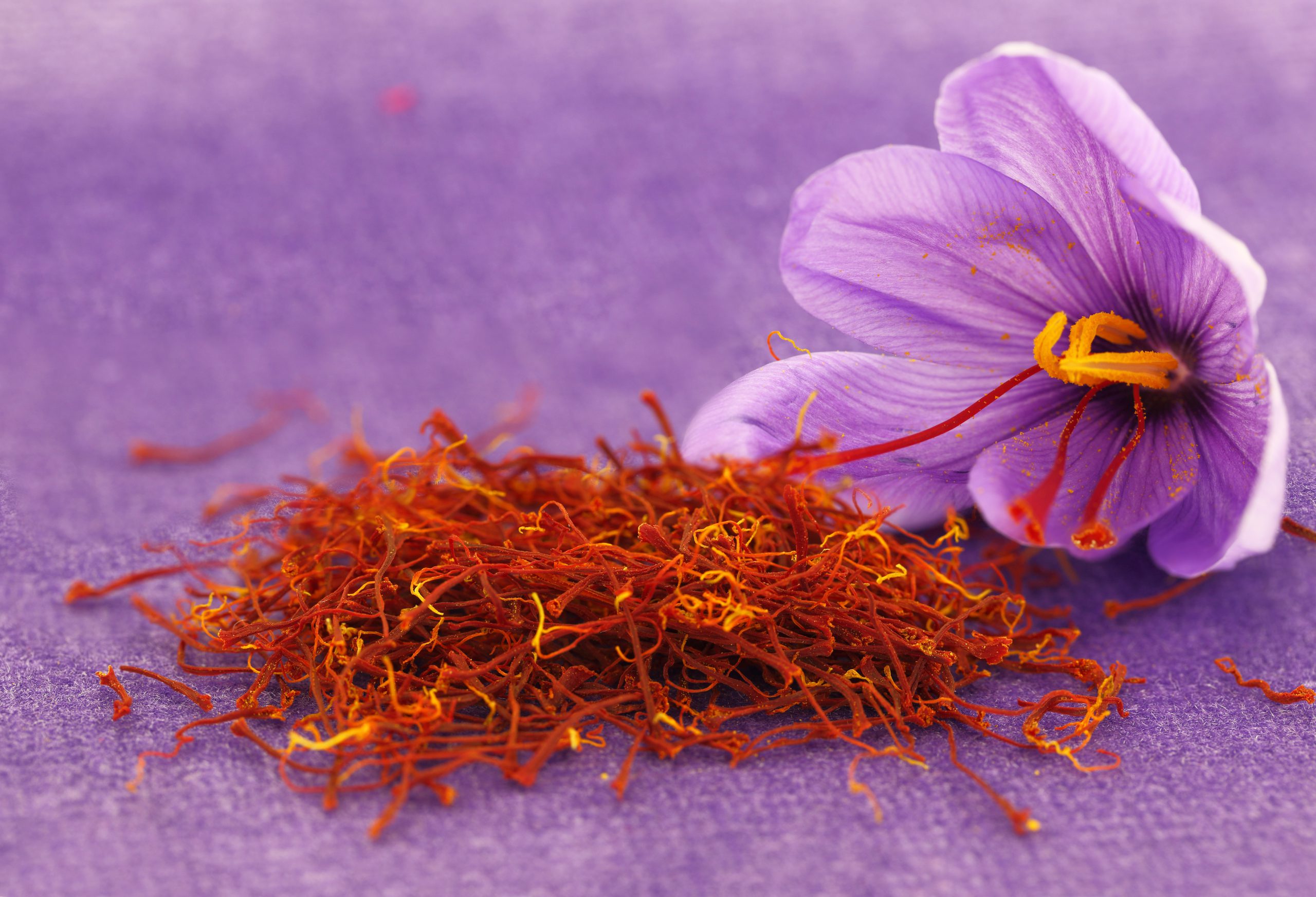Viva paper towel has different softness and thickness, but it is mainly produced as face tissue, toilet tissue, towel tissue, table tissue and sometimes packaged tissue.
Kneading and soaking
The first step in the process of making paper towels is to make paper pulp that is produced from wood fibers or recycled materials.
The trees enter the machine and are turned into pieces of wood, then into small seeds.
Tissue manufacturers produce paper pulp by mixing these fine wood grains (wet and dispersed) in a mixing tank with a large amount of water.
The type of wood fiber and the amount of water to be mixed with it depends on the specific product being made.
What countries use nuclear fuel?
Once the wood pulp is in the mixing tank, the manufacturer adds any ingredients needed to soften, strengthen or color the tissue.
When the paste material is ready, it is poured onto fast-moving belts (these belts can be 2 to 6 meters wide) made of highly porous material, heated with high steam.

Pouring paper pulp should be uniform and consistent with the belt/drum width.
The water comes out of the holes and only the fibers on the strap remain in the form of a fine cloth.
The paper towel is moved over a bulky hot roll called a yankee.
The Yankee Roll is very hot and the cloth-like product dries almost immediately.
The tissue is then transferred to the core to form a huge roll. You can adjust the pulling speed to make the texture thicker or thinner.
Giant rolls are placed inside the converting machine.
Hand towels are made like paper towels that are produced for the toilet.
Tissue paper is thicker and harder when the paper is wet because of the added material.
There are 2-layer, 3-layer, and 4-layer towels that you use. The layers are made in a coordinated pattern and joined together using a layer adhesive to add strength.




